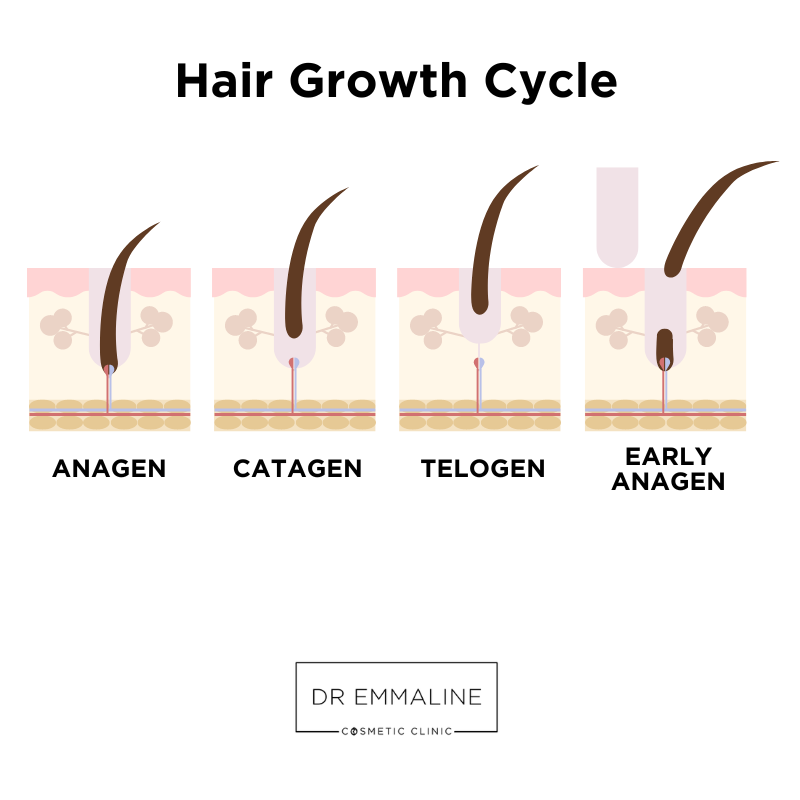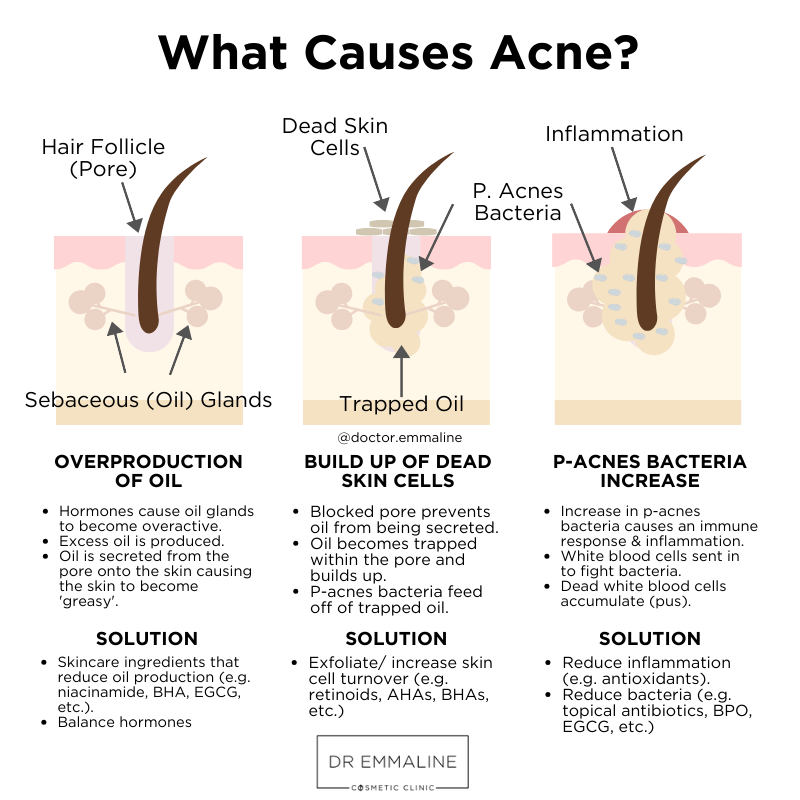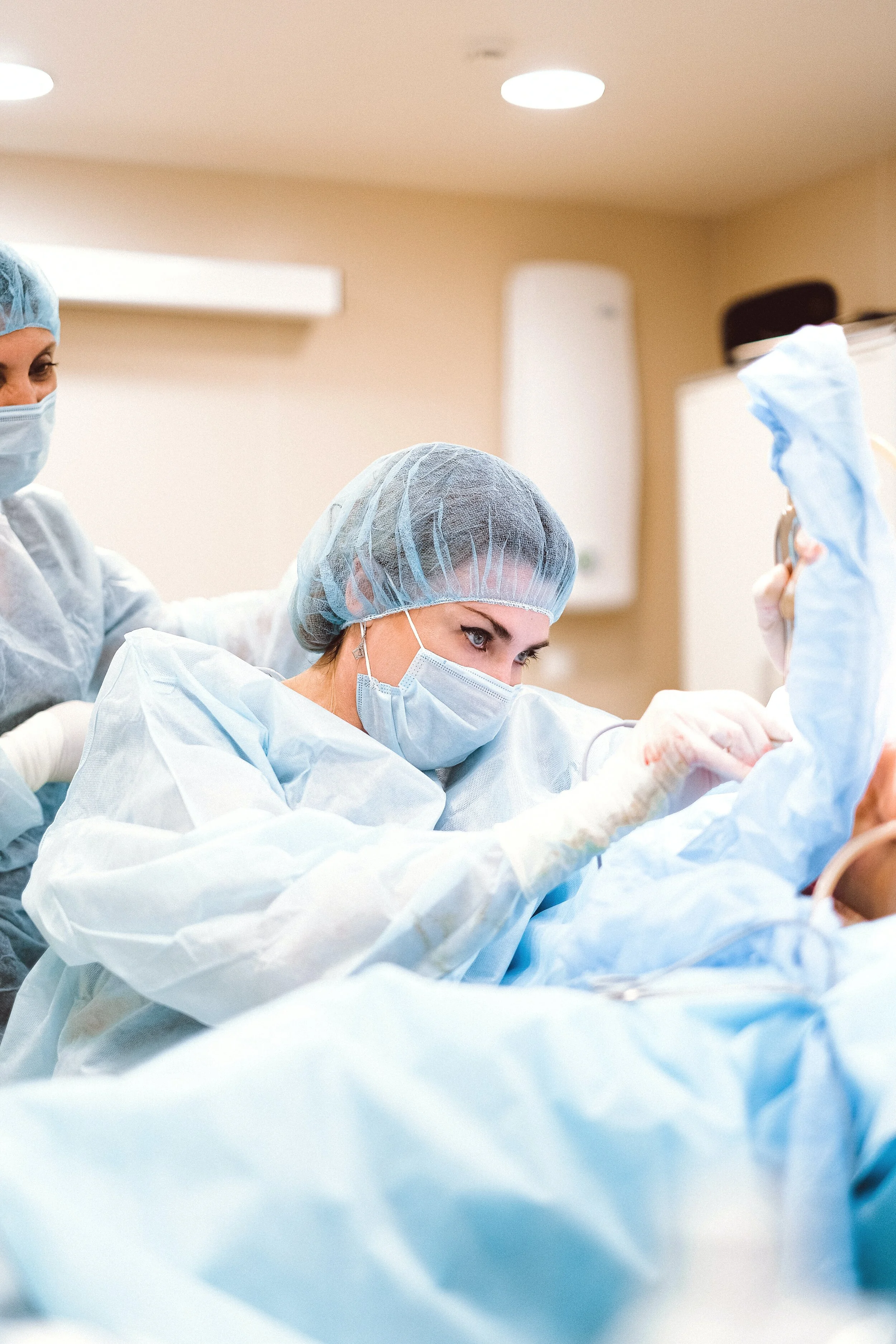Hair in Cosmetic Medicine
Aesthetic medicine as a field encompasses so many things. In New Zealand, this specialty is called “Appearance Medicine,” and when you think of appearance the first things that come to mind are probably your skin, teeth, and hair.
Beyond its biological functions, hair plays such an important role in both our psychology and wellbeing, as well as in how we perceive others socially.
So let’s learn some of the basic biology behind our hair to see how amazing it is, and explore the world of hair in cosmetic medicine.
Where does hair grow?
Where does hair grow? This might seem like a silly question, until I tell you that hair grows on almost every part of your skin (except for the palms of your hands and soles of your feet, your lips, and your eyelids.)
It’s a strange thing to think, right?
The difference is, of course, the thickness of length of your hair. The hair on the areas of the skin that you think of as “hairless,” is called vellus hair. It is very fine, light, and short. The thicker and darker, or more visible, hair (like what you have on your head) is known as terminal or androgenic hair.
How does hair grow?
Hair will grow about 1cm a month. Growing hair exists in roughly three stages:
Anagen phase - the active growing phase of hair. The cells in the hair root are dividing in this phase. For the hair on your scalp, this phase lasts years, which is why we can have long locks of hair. For the hair on your legs or your lashes, the phase only lasts between four-to-six weeks, which is why the hair there does not grow beyond a certain length!
Catagen phase - a transitional or intermediate stage of hair. This phase usually only lasts a few weeks.
Telogen phase - the resting phase of hair, when growth has stopped.
What is the hair follicle?
The Science: The hair follicle is an incredible organelle with its own blood supply, its own nervous system, and a unique immune system. It is one of the only organelles in the body that goes through such a cycle of reinvention and regeneration. There is an incredible amount of hardware packed into this small organelle, which highlights its evolutionary importance.
Hair itself is composed of the protein keratin, which is anchored into the skin via hair follicles at the base of the hair bulb. The hair follicle forms the origin of a growing hair, and melanocytes at the hair bulb give the hair its distinctive pigment and colour.
The hair shaft is the section of the hair that emerges about the skin and is composed of dead cells. These cells are three layers thick, consisting of the deep medulla layer in larger hairs, the middle cortex, and the outer cuticle. The cortex is what gives the ultimate strength, colour and texture to the hair shaft. The shape of the hair shaft influences the texture of the hair, and the more elliptical or spiral the hair shaft, the curlier the hair.
Hair itself has as multitude of functions, including protection, sensation, thermoregulation, and sebum production.
Hair concerns seen in cosmetic medicine
Many hair concerns are most appropriately managed by a specialist, and your aesthetic practitioner or GP can help organise the correct referral for you. However, here are some common hair concerns that come up within the practice of aesthetic medicine, that we will cover briefly below.
Acne
Yes, this might surprise you, but acne is actually a disorder of the hair follicle! We know it’s not the first thing you would think of, but it definitely the most common “hair”-related concern that any aesthetic doctor will tackle.
We’ve covered acne in depth for the Edit here.
Alopecia
Alopecia is simply the medical term for hair loss, and it can be a very difficult thing to tackle. This is partly because there can be a variety of different causes for it. They can range from an autoimmune condition, as is the case with alopecia areta, or be the result of prolonged pulling and trauma to the hair, as is the case with traction alopecia. Sometimes hair loss can be part of a dermatological skin condition or infection. There might be a simple remedy that can be trialed for it, like a steroid cream, or it might be part of a more complex problem.
What are the options for treatment in the world of cosmetic medicine?
UV light therapy
Mesotherapy cocktails
Growth factor based products
Platelet-rich Plasma
Excess Hair
Unwanted hair in areas is certainly a cosmetic issue, and many aesthetic clinics offer hair removal as part of their treatment menu. Hair removal of thicker, visible hair can be done via laser hair removal, or with intense pulsed light. Laser works by heating up the pigments in the hair, and damaging the hair cells, causing them to die. The hair will fall out and will not grow back, provided they were in their active growing stage (anagen phase) when blasted with the light. This is why complete hair removal will take a few sessions, as your hair is in different growth phases at different times, and any hairs not in the anagen phase will not fall out.
What about those fine little vellus hairs we discussed above? Can we get rid of those? The answer is yes, and it is best done via dermaplaning. This is a method of removing what is affectionately known as the “peach fuzz” sometimes found on the skin of the face. A surgical blade is used to gently and safely remove the excess hair, as well as any accumulated dead skin cells, on the skin surface.
The bottom line is that you can always ask for help if you have any hair concerns, and even if the issue requires more specialist advice, you can be signposted in the right direction by your aesthetic doctor.
Hair transplantation and surgery
This is definitely the first thing that most will think of when we talk about hair and cosmetic medicine. This involves surgically moving hair follicles from a donor area to an area where there is hair thinning or loss, typically where there is male or female pattern hair loss.
This takes place in two steps - donor harvesting and then preparation of recipient sites. There are multiple methods of harvesting hair, including punch harvesting, excision, or strip harvesting.
This procedure can be performed under local anesthetic by a qualified surgeon, and is done between 4 to 8 hours over the course of several sessions. These will be spaced some months apart to allow time for healing and regrowth of the hair.
It’s important to know that the results are not instantaneous, and that after the transplant most of the transplanted hairs actually fall out!
Not to worry though, they will regrow over the next few months as the follicular unit is the living and growing organelle that is being transplanted to its new location. It’s just important to be aware that this is not a quick fix that will give you a full head of hair overnight. It is a long process, but can give incredible results after investing a few months into it.
Final Thoughts
Hair itself is a very complicated and living organelle, one that goes through an amazing constant cycle of rejuvenation over and over again.
Sometimes it’s easy to forget about the beautiful and complex biology behind it. But beyond that, our hair plays an important role in appearance and self-confidence. Therefore, it plays an important role in cosmetic medicine.
References
M. R. Schneider, R. Schmidt-Ullrich, and R. Paus, 'The Hair Follicle as a Dynamic Miniorgan', Curr Biol, 19 (2009), R132-42.




















There are so many incredible stories in medical history, especially when it comes to plastic surgery and cosmetic medicine. As I’ve discussed previously, the origin of a lot of aesthetic medical techniques come from the horrific injuries sustained during the World Wars and the innovation and brilliance of the clinicians who tried to treat them.
One of my favourite stories is about the Guinea Pig Club.